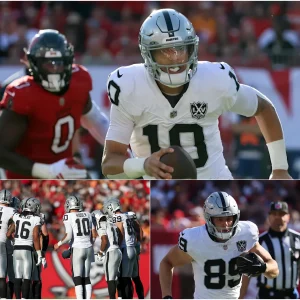The Summer Olympics are here again — and that means it’s time for motorsports fans around the world to wonder what it would be like if motorsports were included in the Olympics. Interestingly, motorsports are already included in the Olympics — in a way.
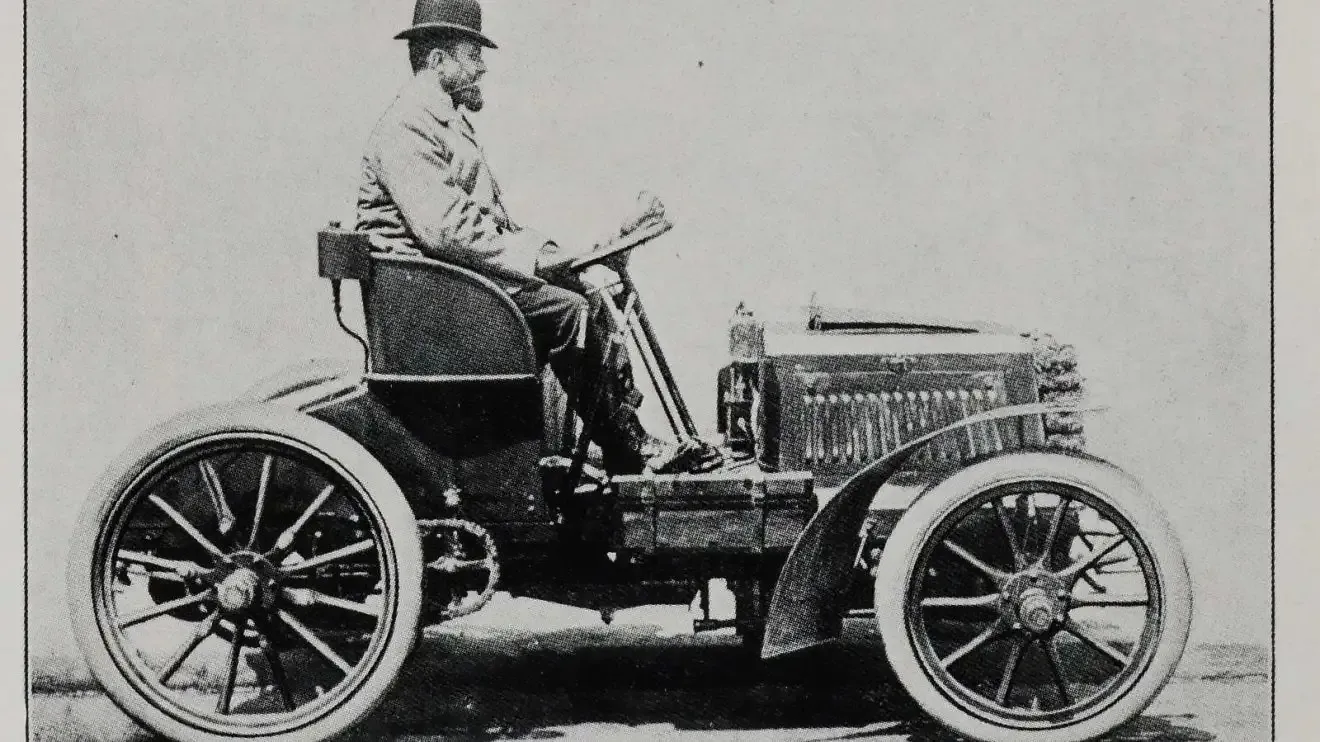
Back in 1900, 14 different motorsport events were included in and around that year’s Olympic Games. They have an unofficial status in the record books, but perhaps they could serve as a template for motorsports in future Olympics.
Fourteen unofficial Olympic races!
Let’s rewind to 1900. At the turn of the 20th century, automobiles were a brand-new invention, and the first cars were slow, unreliable, and a little unsightly.
If you owned a car, you were either a very wealthy amateur with dreams of speed, or you had built the machine yourself — either by inventing some new technology, or by piecing together multiple existing technologies until you came up with something new.
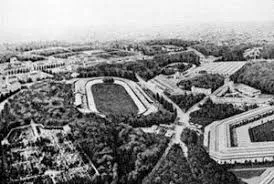
At the time, France was the home of rampant innovation. It invaded countries around the world in order to harvest their resources — leading to innovations in mining, manufacturing, and more (albeit at the expense of the countries it invaded).
Suddenly, there were vast amounts of new materials and new machines that could be made and converted into new technologies — such as cars. The first races were held from Paris to Rouen, or on certain tracks like the Gordon Bennett Cup.
All of these innovations were on full display with the international competition of 1900—the Olympic Games were held in Paris that year and took place in the context of the Exposition Universelle, or world fair, designed to showcase the fact that France was at the forefront of industrialization and modernization.
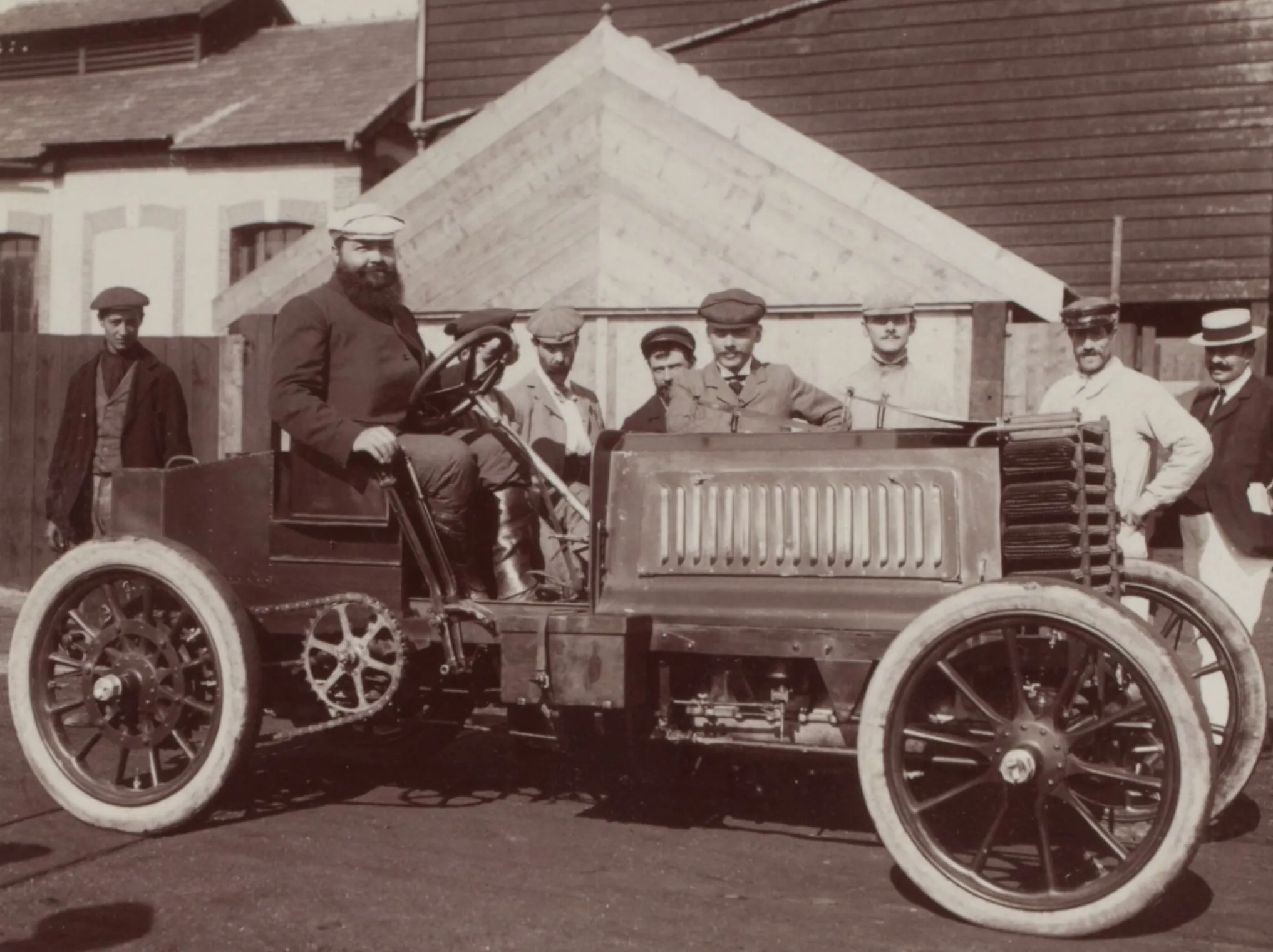
The fact that the World’s Fair and the Olympics took place at the same time and in the same place caused a bit of confusion. You see, it was unclear whether the automobile events took place as part of the World’s Fair or as part of the Olympics.
Partly because the International Olympic Committee admitted that it had “not promoted its Olympic status sufficiently enough that many athletes never knew they were actually competing in the Olympic Games” in 1900.
In practice, this meant that there were many sporting events taking place in and around Paris that coincided with the 1900 Olympics, but there was little mystery as to whether the event you were participating in was an Olympic event or not. Because medals were not awarded to winners at the time, this added to the confusion.
However, the race took place during the 1900 Olympics. The 14 different racing events were also varied: there were five touring car events, two small car events, two taxi events, two delivery van events, two truck events, and two endurance races. On top of that were two motorcycle events—a standard race and an endurance race.
The crowning event of the 14 races was the Paris-Toulouse-Paris endurance event. On the first day, the athletes would speed 458 miles to Toulouse, where they would have a day of rest. Then, on the third day, they would return to Paris in hopes of winning the race.
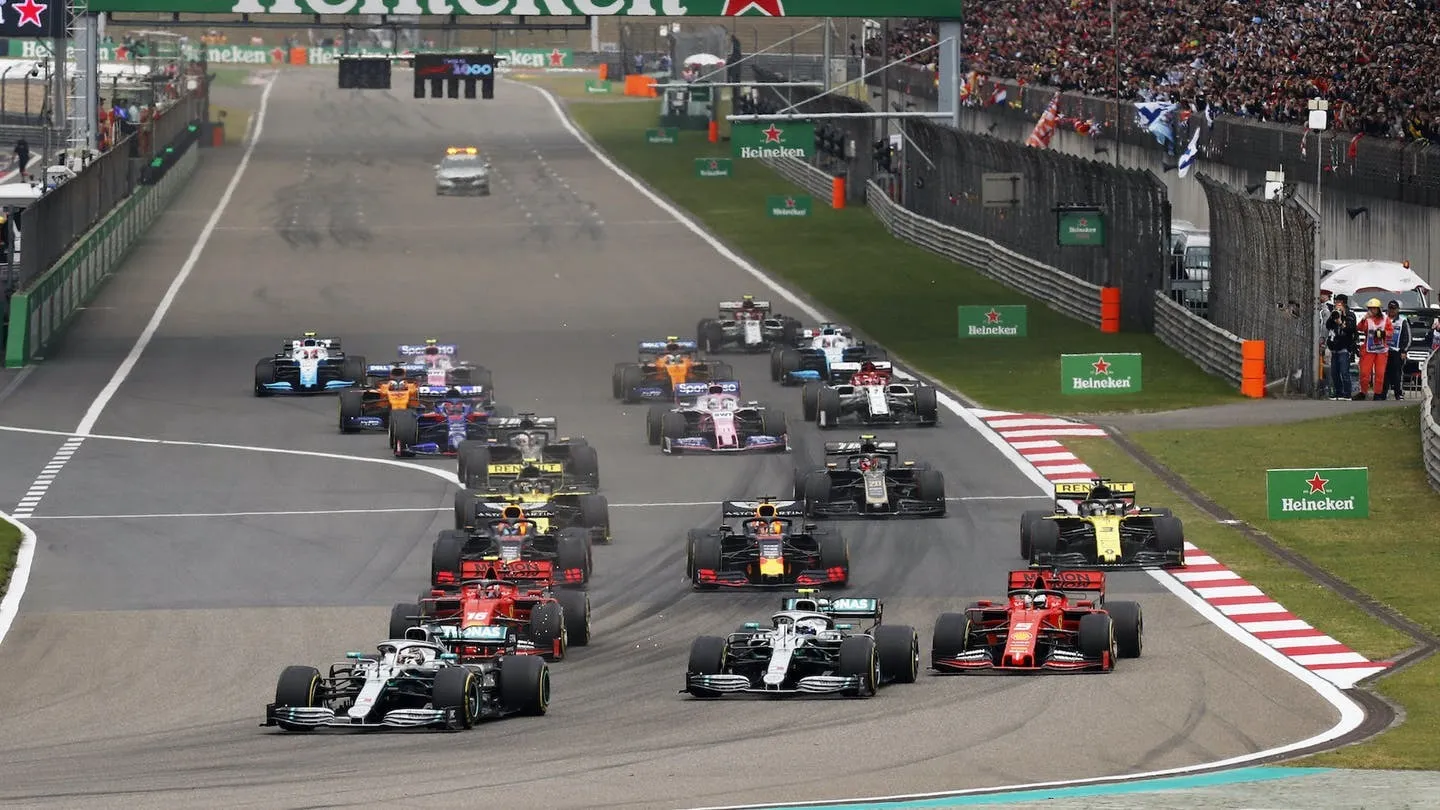
Sources disagree on the total number of entrants, the total number of finishers, and the times of those finishers—but they do agree on the order of finish. The Paris-Toulouse-Paris race was won by Alfred Velghe, who raced under the pseudonym Levegh.
(If that name sounds familiar, it’s because Veghle’s nephew Pierre took on the surname Levegh when he started racing. Levegh, of course, was the driver of the Mercedes-Benz that killed more than 80 spectators at the 1955 24 Hours of Le Mans.)
Louis Renault, of Renault automotive fame, won the Voiturette class in a car he designed himself; his brother Marcel Renault also competed but crashed before finishing the event.

